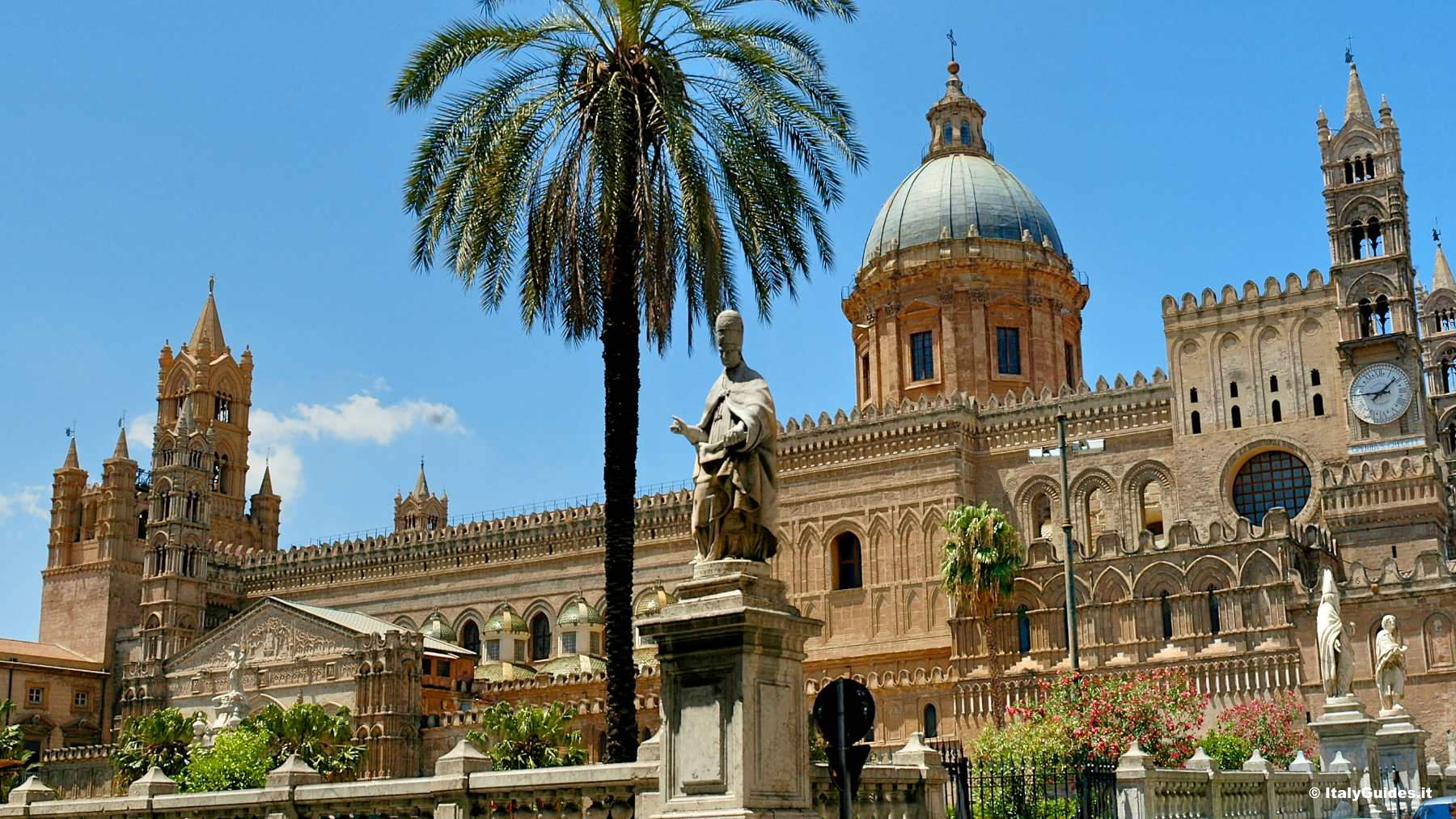A short history of pizza

What does Italy stand for? Romanticism, beautiful relics of the ancient world, a glaring sun that challenges you to stay outside and… pizza! Admit it, one of the greatest symbols of a country rests in its cuisine and pizza has become a true synonym of the Italian culture. Today we tell you a tasty story: A short history of pizza.
I guess pizza means no introduction. Everybody knows what it is and how it tastes. But what are its origins? Where did pizza come from?
Before the “modern” acceptation of pizza – originating in Naples, Italy – the Persians and the Egyptians baked a flat bread that would resemble an archaic pizza. The word first appeared in a 997 AD Gaetan writing. But the poet Virgilius quoted this food in the 1st century BC, naming it the “cake of flour”.
Even before that, the Romans ate panis focacius, a flat bread that seems to coincide with today’s focaccia. True, toppings are a relatively new innovation, but the “base” is ancient! Archeologists have also found ovens dating back to 7000 BC in Sardinia, so it wouldn’t be wrong to assume people baked bread and pizza back then.
Here’s a more recent history of pizza, one you can trace back to the 19th century. Today’s typical pizza, a pie with tomato, mushroom and meat topping, originates in Naples. The baker Raffaele Esposito created a patriotic pie, with tomatoes, basil and cheese (mozzarella, to be as Italian as it gets). So we have red, green and white, the colors of the Italian flag! This happened in 1889, during a visit of King Umberto and Queen Margherita. (Guess where Pizza Margherita comes from?)
Italian immigrants brought pizza to America, making it a commercial success; but the best pizza ever must be sampled in Italy, under the Roman sun. With Rome Fiumicino airport car rental, you can explore the city and enjoy the best pizza!





